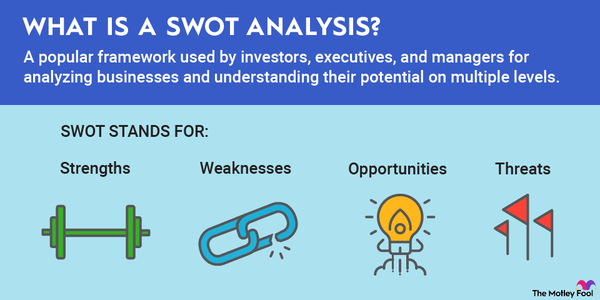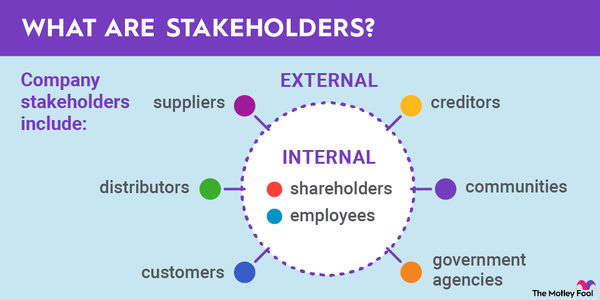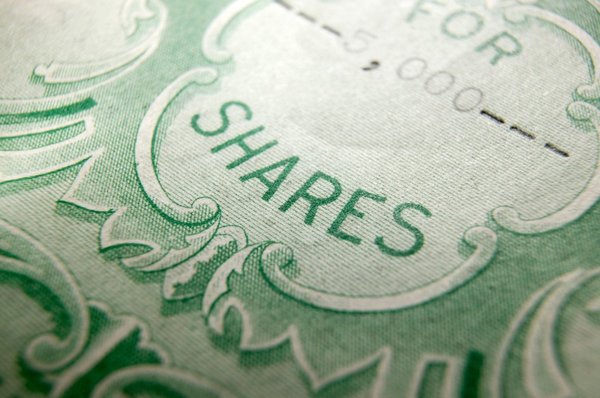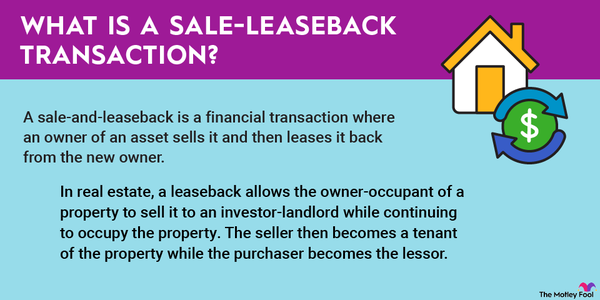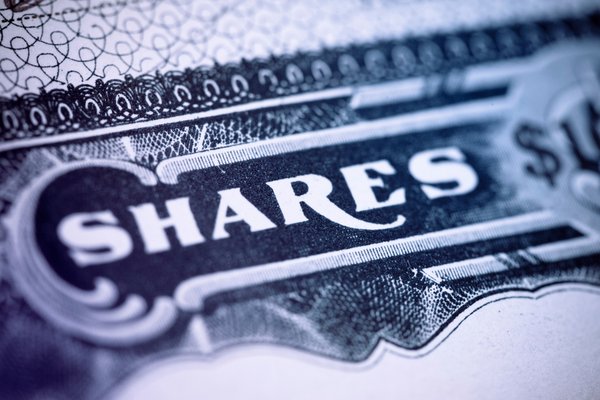A job well done may be its own reward, but a salary and equity in a company are often better. Companies -- especially start-ups -- will frequently offer stock to employees as an incentive to stay with them. Here, we'll discuss stock-based compensation and how it's used and provide an example of a corporate officer who's been rewarded with an ownership share.

What is stock-based compensation?
What is stock-based compensation?
Compensation for an employee can come in many forms: Paychecks, benefits, bonuses, and, of course, stock in the company that gives employees a stake in the company's ownership. Although stock-based compensation is no guarantee of wealth, providing valuable employees with an ownership stake in the company can be a means of both rewarding and retaining workers.
As a general rule, stock-based compensation is a bit more involved than simply handing shares to employees. Usually, companies offer employees an ownership stake with strings that require them to work for a certain period before they take full ownership of the shares.
Types
Types of stock-based compensation
There are five basic types of stock-based compensation:
- Shares. This is a common type of compensation. Again, employees who are given shares typically have to wait a certain amount of time before they're able to sell their shares. Although shares are frequently given to top employees in a corporation, such as chief executive officers, board members, and other senior executives, workers are often rewarded for loyalty and hard work with shares as part of their compensation.
- Restricted stock units (RSUs). Commonly given to corporate officers, RSUs are usually based on specific company performance goals, such as reaching annual revenue or income targets. As with any other type of stock-based compensation, a vesting period is generally required.
- Stock options. These are not usually direct stock awards but give employees the opportunity to buy a certain amount of stock at a pre-determined price. If the stock price rises to a certain level and the vesting period is met, an employee can borrow money to buy shares at the option price and then sell them for a profit. If the stock falls below the strike price for the option, the shares are essentially worthless to the employee (at least, for the time being).
- Phantom shares. When is stock-based compensation not actually stock-based compensation? When it involves phantom shares, which are essentially cash distributions to employees that are based on a company's share price. Although it's less common in the U.S., the practice of handing out phantom shares is common in Germany, with more than three-quarters of German companies using it to reward and retain employees.
- Employee stock ownership plan (ESOP). In an ESOP, employees are given stock generally based on their tenure and other compensation. ESOPs usually hold the shares in a trust, and employees can cash out their shares when they leave the company. ESOPs are also useful in keeping businesses afloat when a founder or primary shareholder dies or leaves the business without a succession plan since ownership passes to the actual employees.
Related investing topics
Accounting implications
Accounting implications
Stock-based compensation can affect the company's income statement, statement of cash flows, and balance sheet.
On the income statement, the awarding of shares or options is an operating expense usually recorded when the shares or options vest. The employee's role in the company typically determines the exact line item for the expense. It could be cost of goods sold, research and development (R&D), sales, or something else.
The cash flow statement should show the non-cash equity compensation expense in the reconciliation of net income to net cash provided by operating activities. The cash flow statement would also show any cash collected from exercised stock options.
On the balance sheet, vested shares and exercised options increase the company's equity value and share count. This dilutes ownership and the company's earnings per share. Some companies will use share buybacks to offset these dilutive effects.
Example
Example of stock-based compensation
Chief executives are the most high-profile and frequent recipients of stock-based compensation, which has made them incredibly wealthy. Consider Apple's (AAPL 1.35%) Tim Cook, who was appointed CEO of the tech giant in 2011.
Cook hasn't been shy about turning shares into cash, selling 511,000 shares worth $87.8 million (before taxes) in October 2023. Cook had also sold $355 million in Apple shares in August 2021. Even with the sales, Cook still owns an estimated 3.3 million shares worth about $565 million.
Although Cook's day job involves running one of the world's largest companies -- Apple has a market capitalization of roughly $3 trillion as of December -- he also serves on the board of Nike (NKE 3.38%), the Oregon-based athletic shoe and clothing titan. His reward for serving on the board includes more than 31,000 shares of Nike stock worth more than $3 million.









